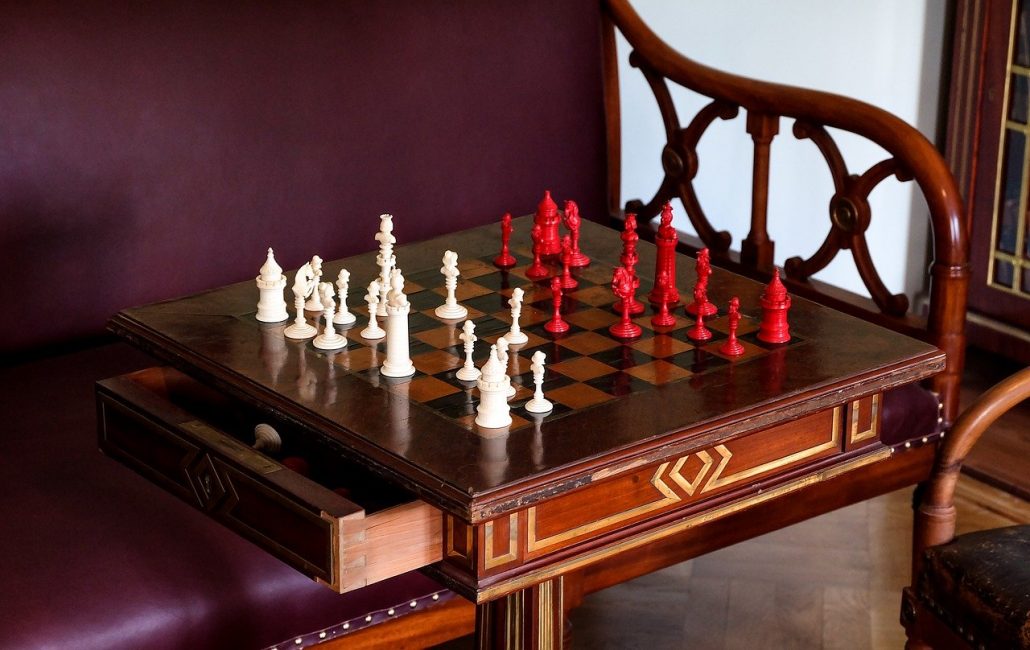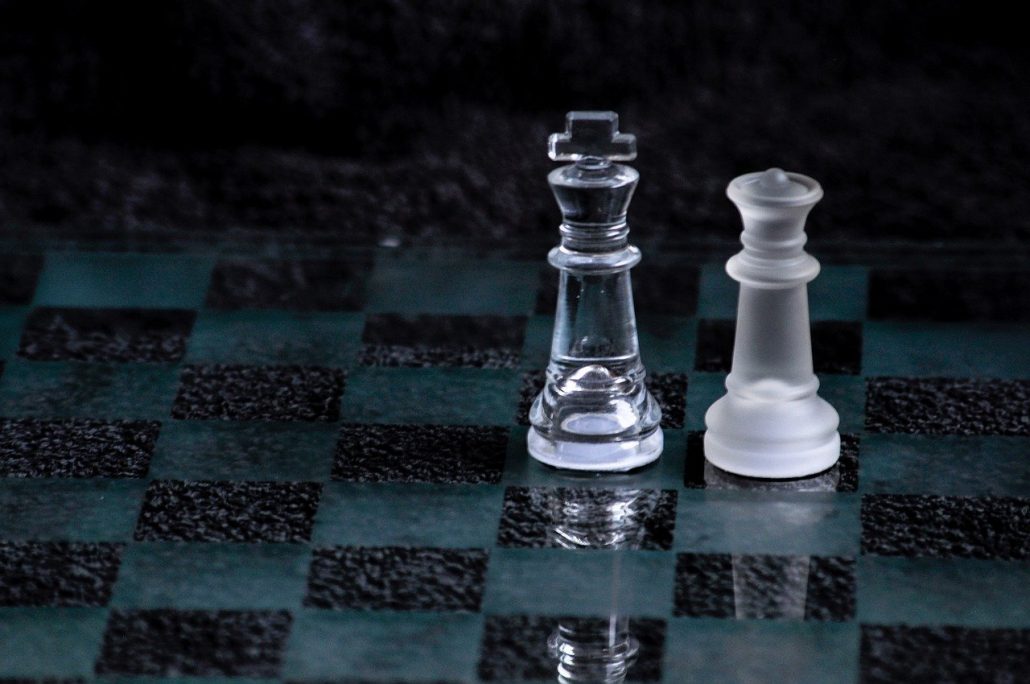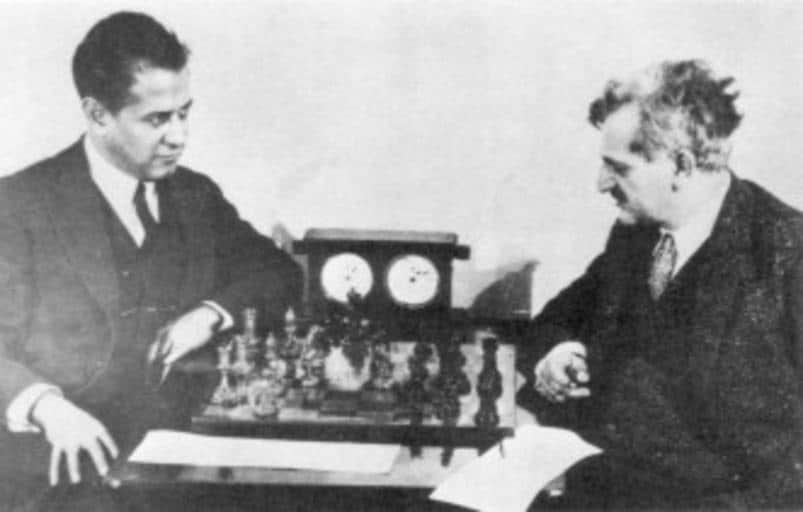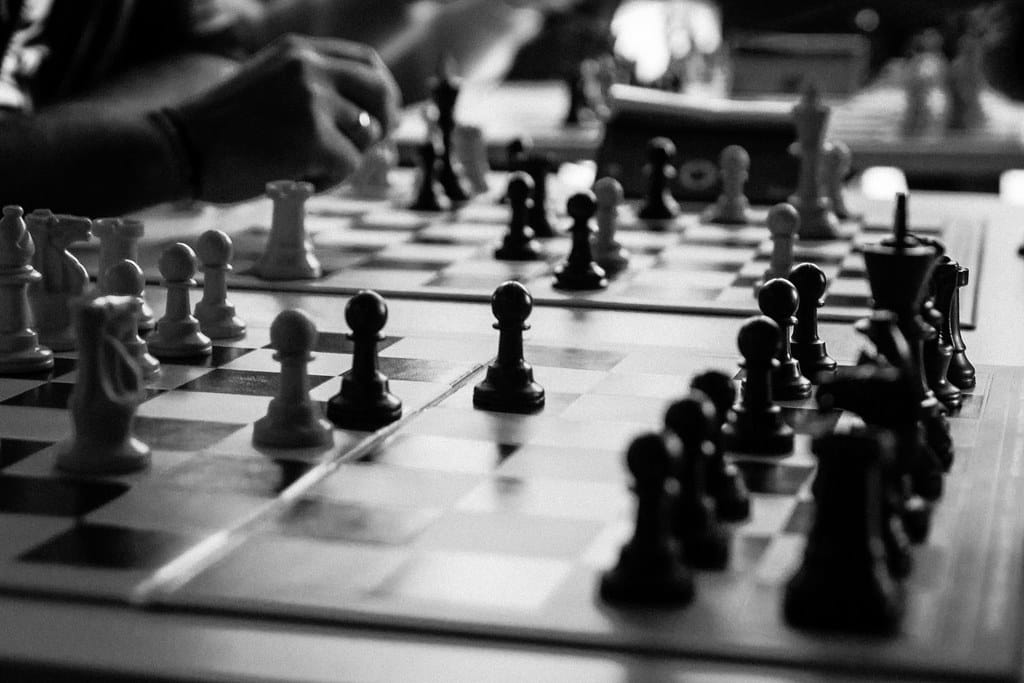Table of Contents
What are chess gambits?
There are important moves in chess, those key moves that grant the victory to one player, these can be the gambits. The chess gambit can be understood as chess sacrifice; gambit means “bet” or risk.
And those two words define perfectly the purpose of the chess gambit, which is a bet, a risk you take to win something bigger. I would say there are two kinds of gambits:
The theoretical gambit: These are the gambits that are not really a sacrifice, for example, the “queen’s gambit” is not really a gambit, because you can take back the pawn. And even though black accepted the pawn, that is not a factor of weight in the position.
On the other hand, the positional gambit is the one that involves a sacrifice in the middle game. These have to be considered as long-term investments because they will grant you a different kind of advantage.
The most common type of gambit is giving away a pawn to create some weakness in the enemy’s pawn structure or to control the center. Seeing these gambits in action can be very instructional and fun for any chess-lover.
What are the chess gambits used for?

Chess gambits are a simple way to create a weakness on the contrary’s position, maybe by doubling some pawns. There are different ways to do it, and understanding these can be educative for anyone.
Sacrificing material is an art, although the modern chess conception is more conservative, favoring secure and solid play. The “correct” way to sacrifice material is by the “secure way” and it is true but as its exceptions.
In classic modality (where players have plenty of time to think) you can take sacrificing material as a really tough decision. You probably don’t need to take such risks, but this can also depend on your rival’s nature and playstyle.
And in blitz modality is pretty common to see people sacrificing material like crazy. The reality is that it is a pretty wise decision, because sometimes in blitz correct moves don’t win, while surprising moves do.
A gambit can be used for many purposes, that we are going to list out in different points:
- Giving away material for initiative or piece activation.
- Getting control over the center or a specific square
- Hurting your opponent’s pawn structure or fixing yours
- Creating a significant weakness in my contrary’s side
How to play that killer gambit?

Ultimately, when it comes to tactical matters (sacrifices, combinations, matters, etcetera) calculation will always be key. The best way to prove correct your gambit is to calculate, while you are applying this technique there will be no problem.
It is important that you feel secure enough to play your gambit, or knowing that you work fine under pressure. You can’t be afraid of getting mated after three moves, because that is what you calculate for, you need security.
And always understand that you are taking a risk, yes, but you are rising your winning chances at the same time, that’s a good way to look at it.
There are many calculation techniques you can use to feel more comfortable about this, yet, there is an important factor.
Although, every chess player must be the universal kind of player (the player who can play offensively and positionally well, depending on what the position demands).
It is to understand that there are a lot of important factors that influence the game of chess, even your emotions. If you don’t feel comfortable with the position, don’t ever play the chess gambit, comfortability is important to feel secure.
Excellent gambits you can try

There are a lot of fun gambits you can play because I forgot to mention that was the other purpose of gambits, having fun!
- The King’s Gambit is an unexpected opening with sharp variations and really dynamic play. The king’s gambit offers the f4 pawn in exchange for black’s e5 pawn to get more central control. But you have to be aware that there are other important possibilities for black like the Falbeerk counter-gambit!
- Budapest gambit is an interesting opening that is not very popular these days because of nature’s opening. That is indeed risky, but if your opponent is not well-prepared then he will be in a lot of trouble.
These are good options, but you can play any gambit you like, there is no problem at all, you just need to be creative. This is also a good way to train your creativeness and your positional understanding.
Test your skills by creating your own chess gambit, to win games easily, don’t be afraid of showing your skills. Trying out a gambit could give you good chess abilities to improve your chess.
Also, can give you great techniques to face different players and a wide positional understanding of different matters.
The other face of chess gambits

A gambit must not be considered as a bad move, a gambit can be very beneficial in the correct positions. Usually, players link the word gambit with sacrifice or a wacky experiment that will always go wrong.
Giving away material for different advantages is a common practice and part of a whole playstyle.
The problem is people give too much importance to material in chess, and this is characteristic in almost every player. Of course, the material is important but that is not all.
We have seen material falling short to better piece activity, otherwise, the development would not be important in chess.
So, if you can win two or three tempos by sacrificing a pawn, do it!
The ex-chess world champion, and brilliant chess mind Jose Raul Capablanca, compared the value of a pawn with two or three tempos. Meaning, it doesn’t matter if you don’t take back the material straight away, two tempos are a good exchange in the position.
Normally, the one who sacrifices with a chess gambit has the more comfortable position and that is an important factor that also plays a role.
You may also like:
Everything You Need to Know About The Queen






